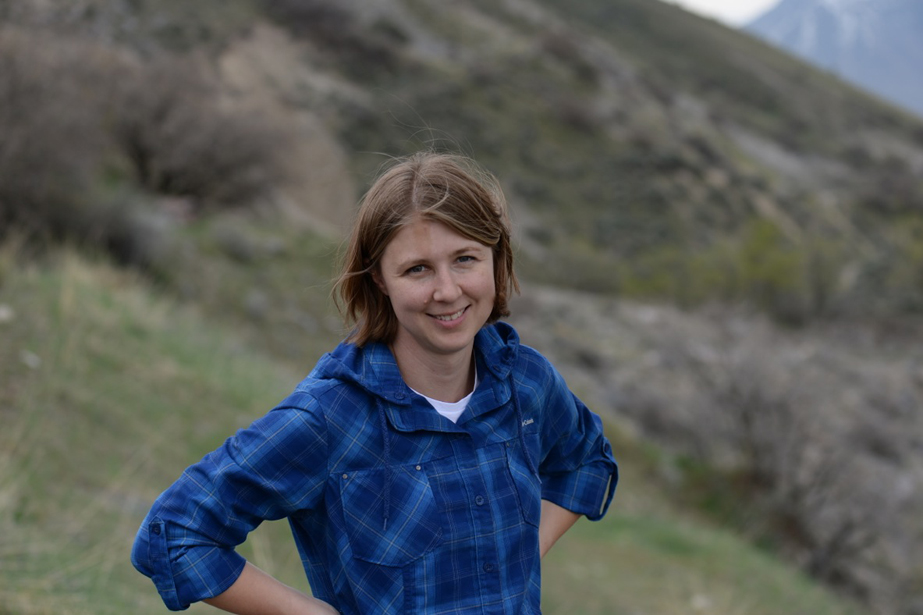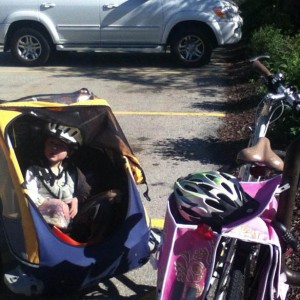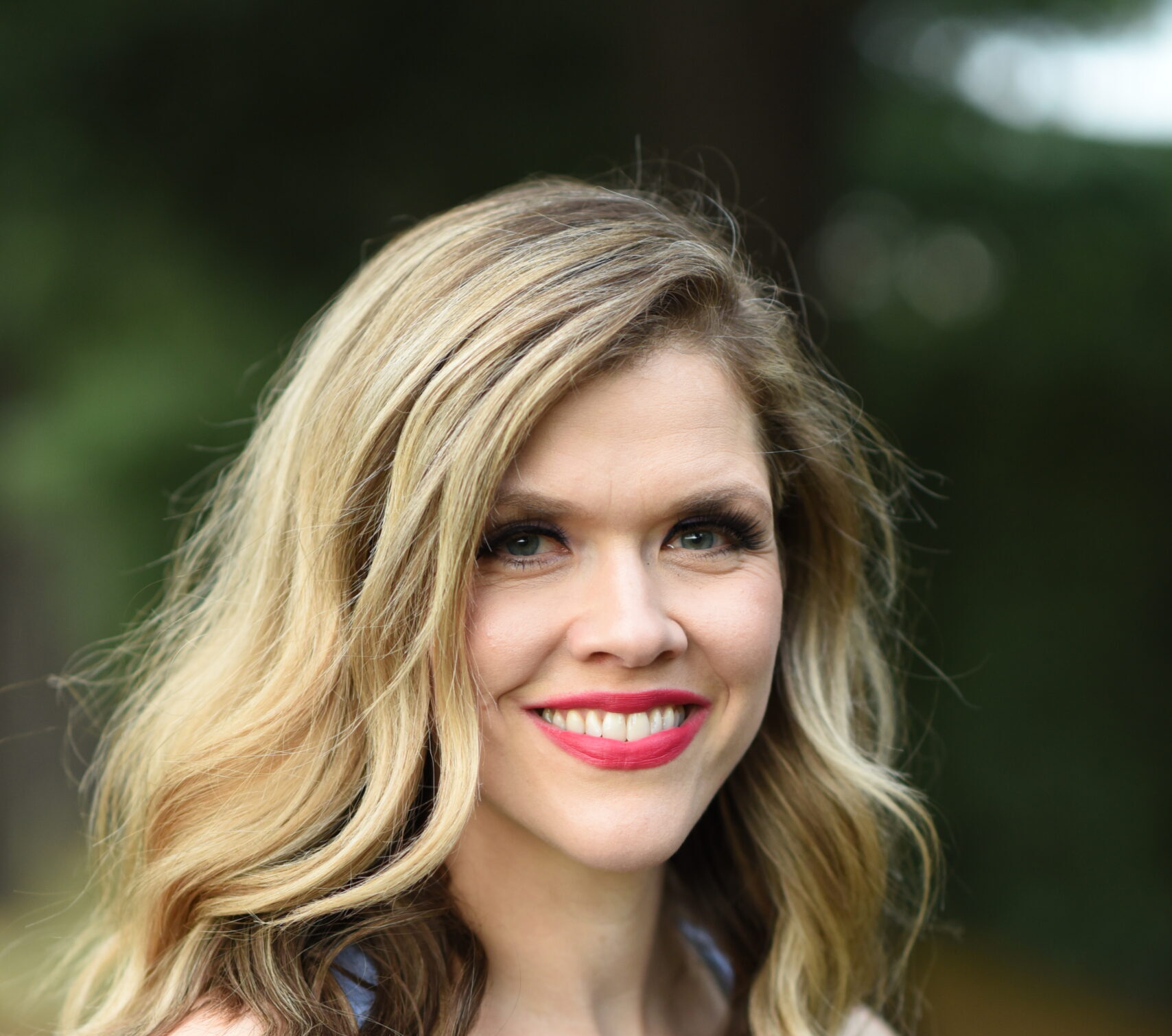Today’s guest post is by Rachel Whipple.
She’s a friend from my old neighborhood–a smart, thoughtful, & well-spoken woman. She practices yoga, is into gardening & growing a lot of her own food, & is always up for some good discussion on a wide variety of topics.
Today Rachel shares some of her thoughts on active transportation. Have you ever heard of it?
I have to say, as I read this post, I became a bit nostalgic for our old home & the neighborhood that Rachel & I shared, where walking to the park, to the library, to the store, to my kid’s school, was completely do-able. The tree-lined sidewalks & square blocks, & close proximity to many things are in sharp contrast to our now suburban existence in a metro area where it’s not unusual to have to drive 20-30 minutes to get where we need to go.
Though walking & biking is no longer much of an option for us, we make it a point to walk to school & to the swimming pool. I hope in our next location, we’ll be find an area where we can live more like Rachel, & walk & bike to many places.
Whether or not you’re in a position to walk or bike everywhere, I hope you give Rachel’s words some thought.
We can all benefit from becoming more active, & finding ways to get around that are both better for the environment, for our bodies, & for our wallet–every small effort can make a difference.
//
My family practices active transportation.
We have a car, but we don’t drive it much.
Our family’s shift away from car culture began when my husband was in grad school. It made sense for me to walk to parks and the store with the baby in the stroller. After all, we lived in San Diego, so the weather was always perfect, and it was good for me and the baby to be out walking. As he got older, the walks became slower, as we stopped to look at snails or lizards or name all the trucks at the construction site. He was learning about his world, and I got to walk at his pace and see it all anew, with the wonder of new discovery.
When we moved to Long Island for work, we chose a little house to live in about a mile from the downtown of our village.
That way, when my husband drove off for the day, I could still take the children into the town to get groceries, shop at the thrift stores, and spend a few hours at the library if the weather was bad or the duck pond at the park when the weather was good. We walked past the old cemetery every day, full of Puritan tombstones decorated with winged skulls. We found ourselves in a world of distinct seasons, with bright colors of fall fading into the stark dirty barrenness of winter. We bought boots and down coats and kept on walking.
Our last move has taken us to the heart of Provo, Utah.
We chose to accept the job that brought us here in part because it was the only university my husband interviewed at where we could afford to buy a house in walking distance of the campus on a starting professor’s salary. We bought a historic old home in the historic downtown neighborhood based on two factors: aesthetics and walkability.
My husband walks to work everyday.
The older children walk or ride their bikes to school, and I head up a walking school bus to take our youngest and several of his friends in our neighborhood to the elementary school.
We walk to church and the library, to restaurants and grocery stores.
For trips more than about a mile, we ride our bikes, pulling the trailer to load up at Costco or to haul gear or tired children. About once a month we all ride together to the dollar theatre, the kids flying along the trail, reliving the rush of the chase scene in E.T.
My oldest are 14 and 12. They ride together every summer morning to the rec center for swim team practice. They have a 5 mile radius of freedom, defined by the spots we often ride to together: the orthodontist’s office, the Provo River Trail, schools and shopping centers, friends’ houses.
We are all equipped with reflectors and lights, helmets and neon yellow vests with reflective stripes from IKEA. I’ve learned to trust them as they’ve learned to be safe and trustworthy, and now they have the kind of independence and responsibility most kids don’t get until they secure their driver’s license.
Most days our car sits beside our house, fading in the sun and collecting dust.
Every spring, we stop driving it during Lent, as a way to reset the lazy habits that tempt us into driving three or four times a week. If the car ever dies, we’re unlikely to replace it. We simply don’t drive enough to justify a car payment.
So what does this have to do with fitness?
I walk 3-5 miles and ride my bike 3-10 miles almost every day. Even when I’m too busy to get to an exercise class, I’m still active. And in addition to working my body, the time I spend walking through my town soothes my soul, giving me time to think if I’m alone or talk with my children or husband as we walk together.
This year I was surprised that after coming home from high school (a walk of a mile and a half), my oldest son would walk to the elementary school to pick up the little kids (another mile and a half round trip) just to have the time to walk and talk with me.
It’s personally empowering to know that I can get anywhere I need to go on my own power.
That’s a lesson I’m giving to my children, as we go about all our daily errands and activities: piano and voice lessons, swim lessons and wrestling practice, after school ballroom dance and visits to friends’ houses.
Not only is it possible to live a middle class lifestyle in the American west without relying on a car, it is a healthy and surprisingly delightful way of life.
//
More in the bring joy summer guest post series:
- The Problem With Body Hatred? It’s Boring. by Deja Earley
- Lost Art of Eating “In” by Lauren Cash
Rachel Mabey Whipple is a stay at home mom with three children.
She serves on Provo City’s Sustainability and Natural Resources Commitee, the Provo Bike Commitee, and as a neighborhood advocate.
She blogs at ldsearthstewardship.org and timesandseasons.org. This fall she will begin graduate school in the Comparative Studies Program at BYU, studying environmental humanities.






Comments